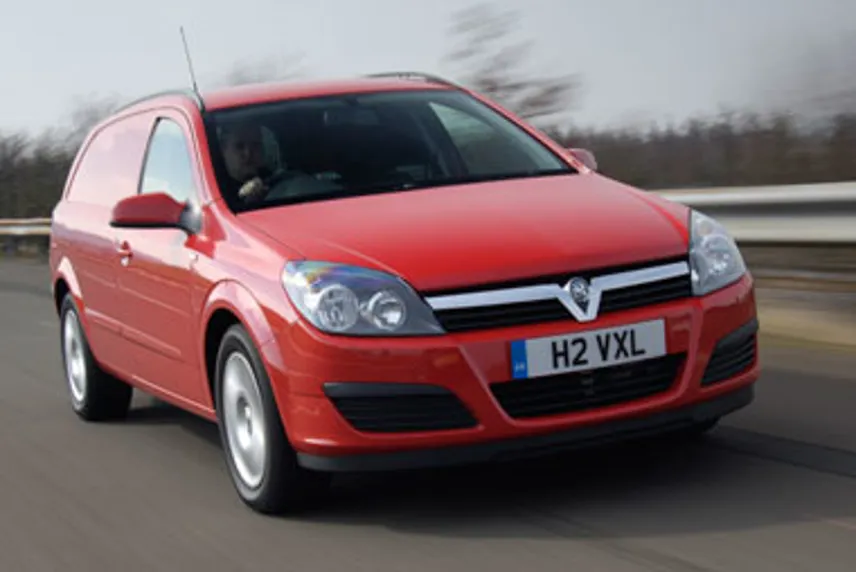Review
On our test route through the mountains of North Wales, the 1.3 CDTi and 1.9 CDTi models were available for appraisal and colours ranged from blue through silver to red.
But rather like with Ferraris, the red ones looked stunning, leaving the others to pale into relative insignificance.
The wheels of this van are worthy of mention as they look to all the world like alloys until you kick them and realise they are made of plastic.
Vauxhall calls them ‘structured wheels’ and the secret is that the steel underneath follows the contours of the plastic.
Simple when you think about it, but no-one else seems to have grasped this concept.
You can still buy alloys at £250 for four if you really want them but it doesn’t seem worth it as no-one else will notice.
Inside, the cab is all black and silver, as with the Astra car, and the seats are noticeably better than on the old model. We drove both the 1.3 Club and a 1.9 Sportive and the bigger model had deeper seats with better side support, to pander to those more sporty drivers (which is a good reason for it to be shunned by most fleet buyers!)
The only let-down is the lack of little cubby holes that van drivers like.
But you can hardly blame Vauxhall for that – it’s a problem all small vans suffer from.
The 1.3 CDTi is likely to be the big fleet seller and we asked why Vauxhall bothered offering the 1.7 DTi at all.
Apparently some buyers are still unconvinced that a 1.3-litre engine is up to the job, so let me set the record straight here and now.
It’s a little belter.
Modern diesel technology means you don’t need any more cubes than that to produce a willing, perky performer – and mated with a slick six-speed gearbox (and with a 300kg load of sand aboard), this van never struggled, even on some steep inclines.
The following day we got our hands on the 1.9, and although it proved the more able performer – we hardly ever needed to change gear, such was the immense amount of torque on offer – we’d have to question whether, for fleet purposes, it is worth paying an extra £2,100.
As for handling, the Astravan is in a class of its own.
It is taut and competent on the bends and tackles most road conditions in a way that no other van can.
Verdict
As long as you don’t need the extra 0.8 cubic metres of load space and the extra 58kg of payload that the Combo offers, drivers will love you to bits for buying them an Astravan.
















